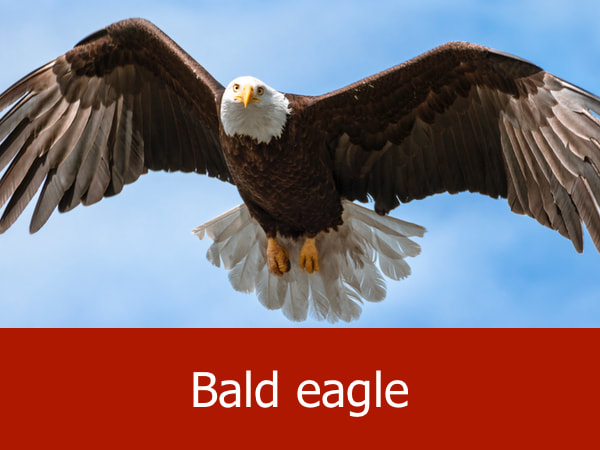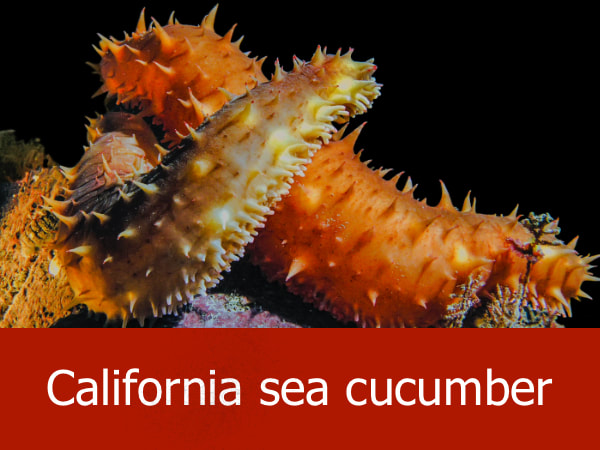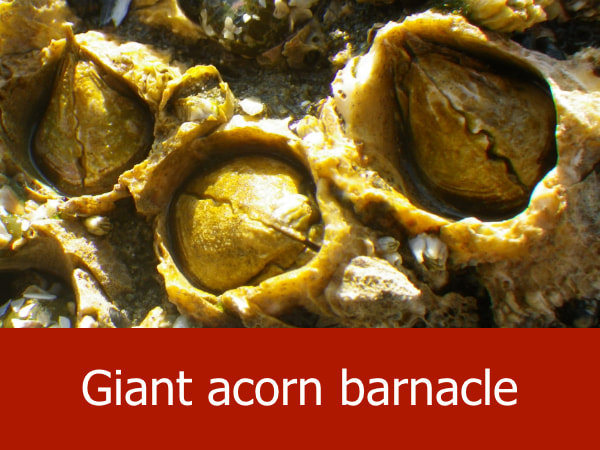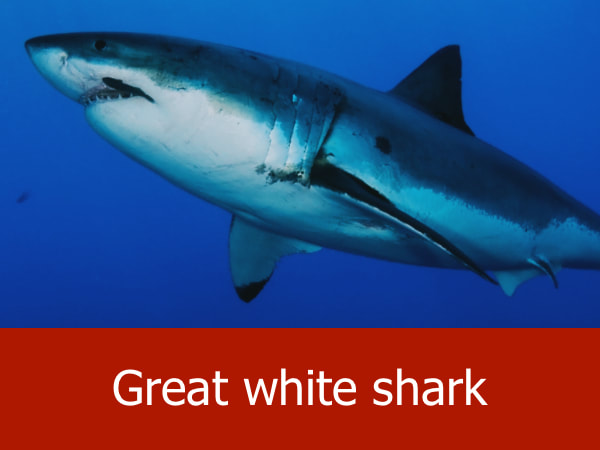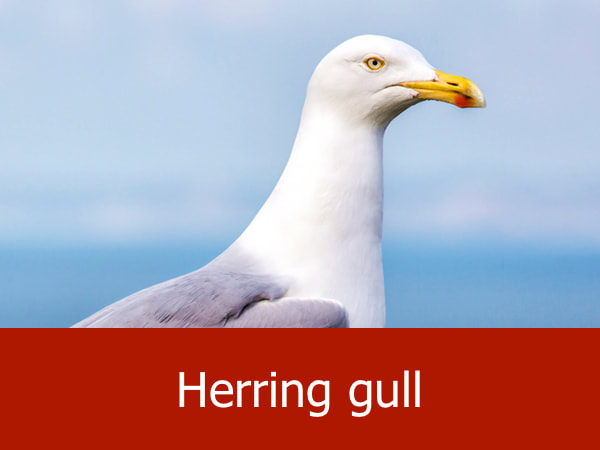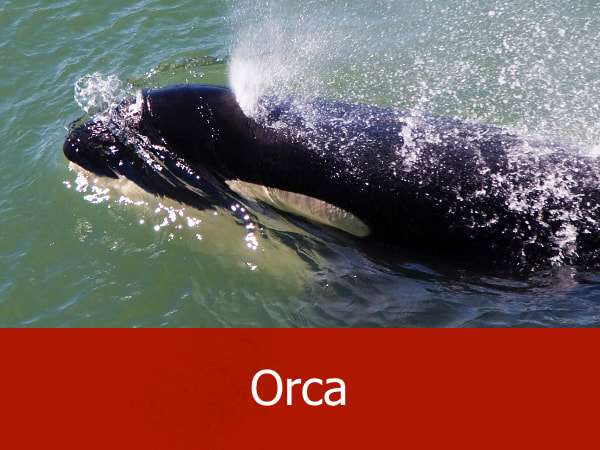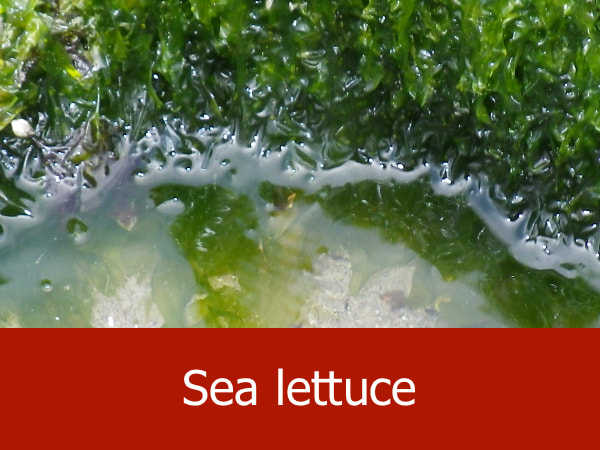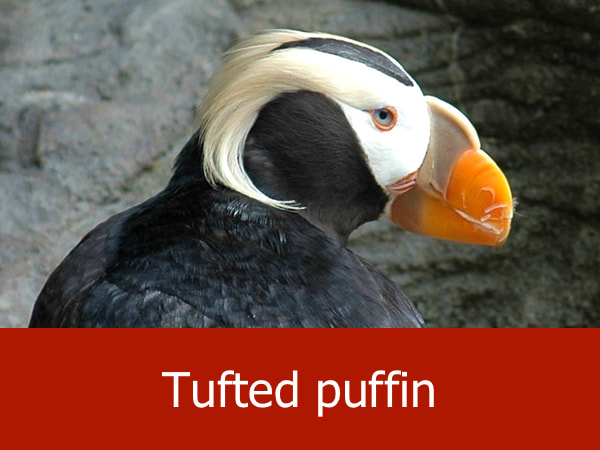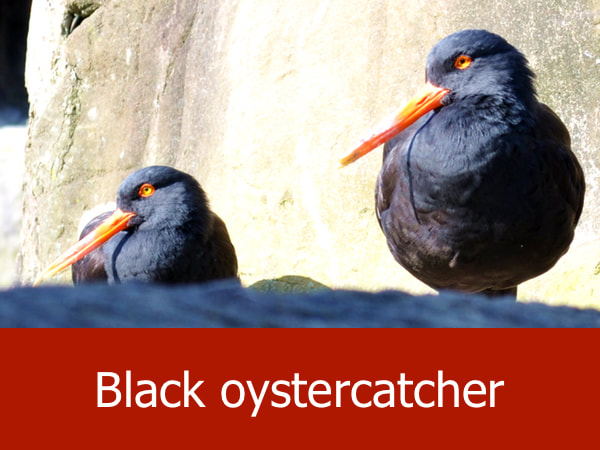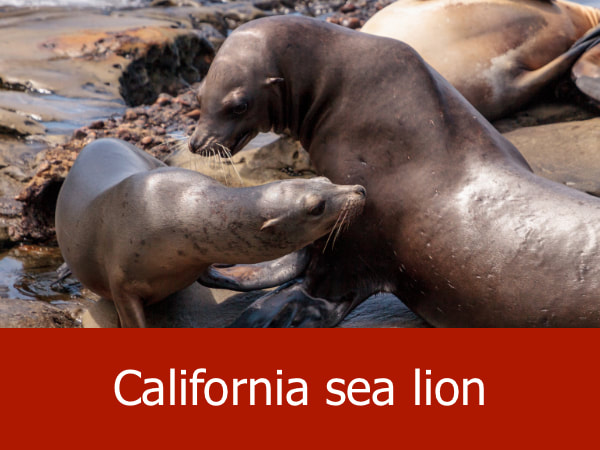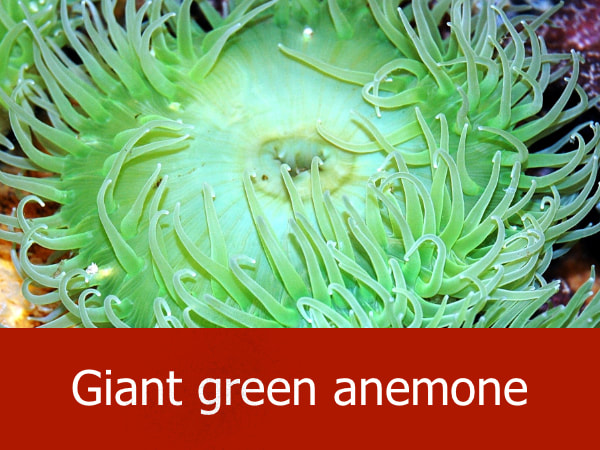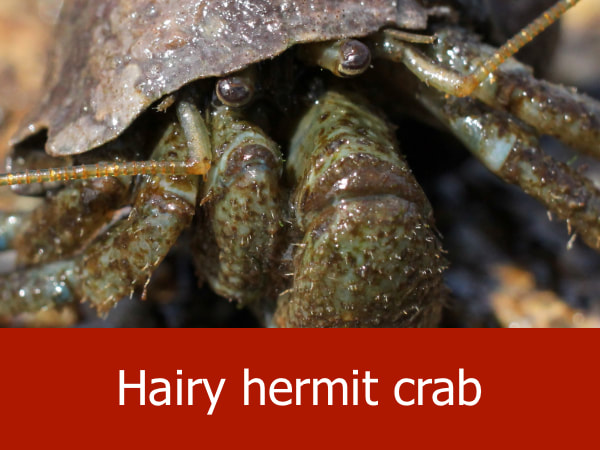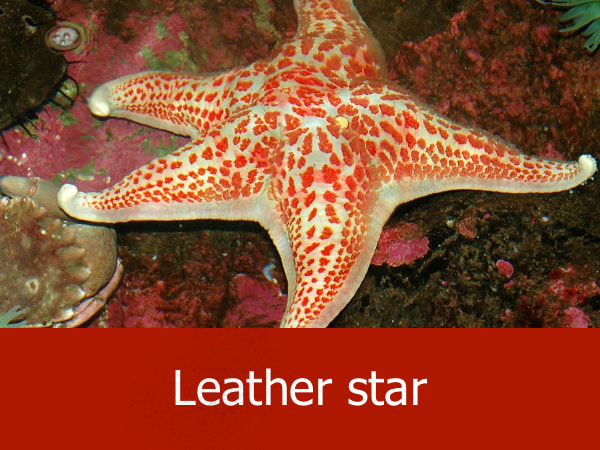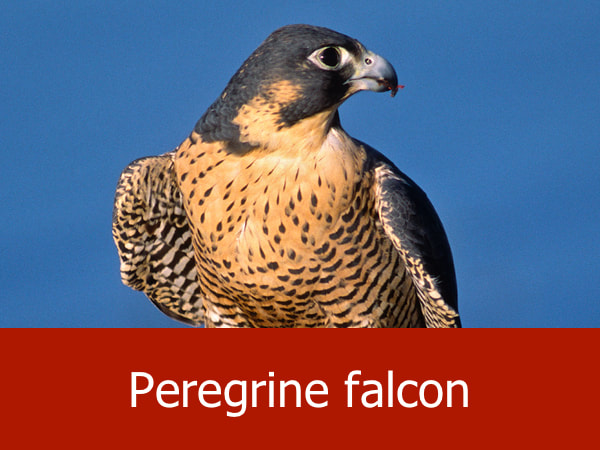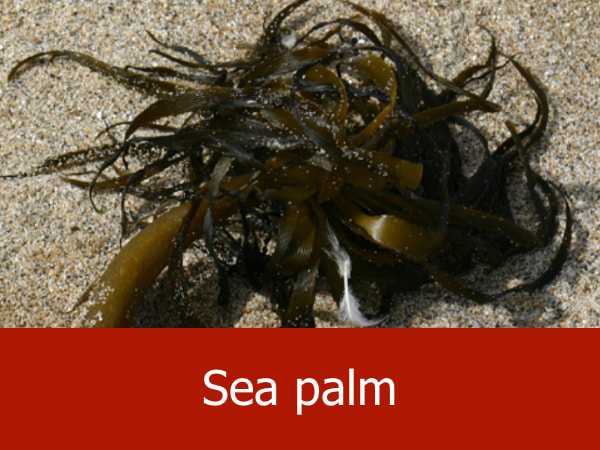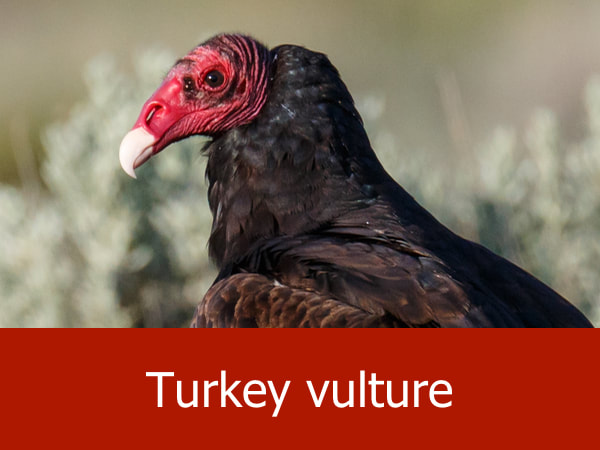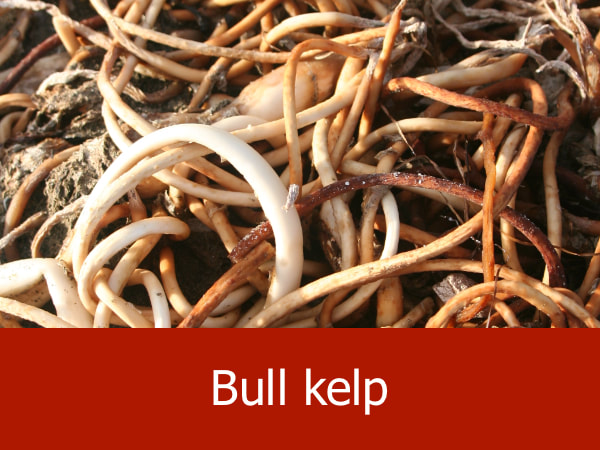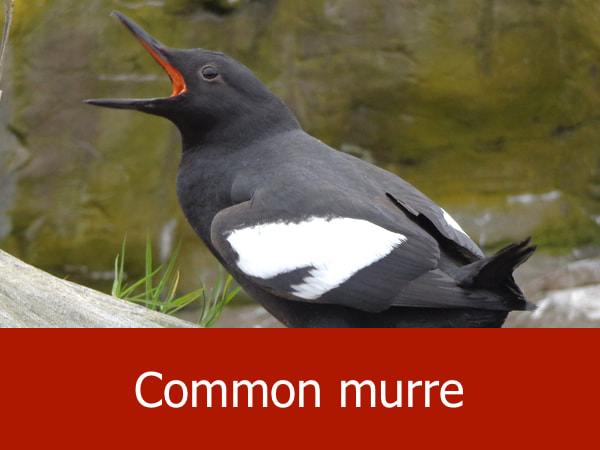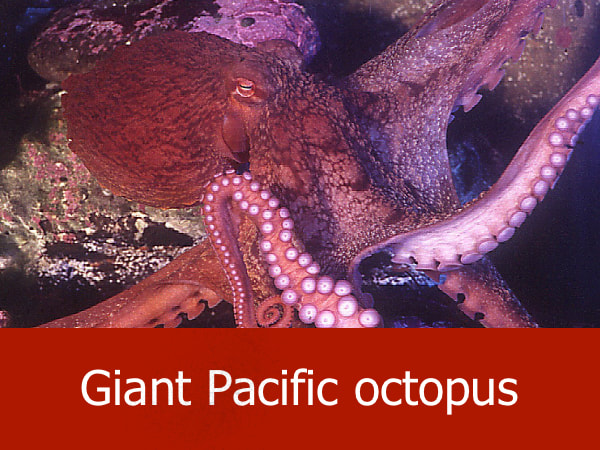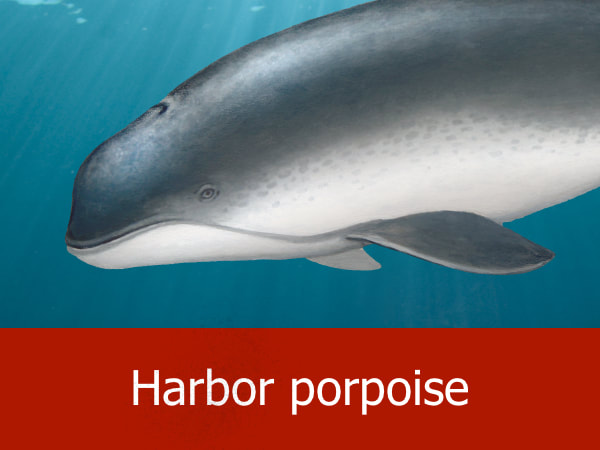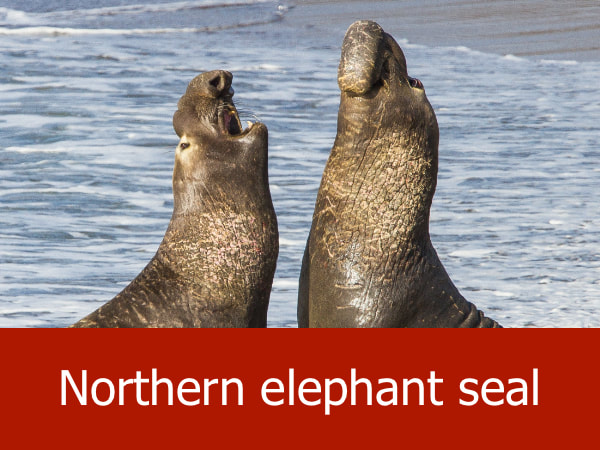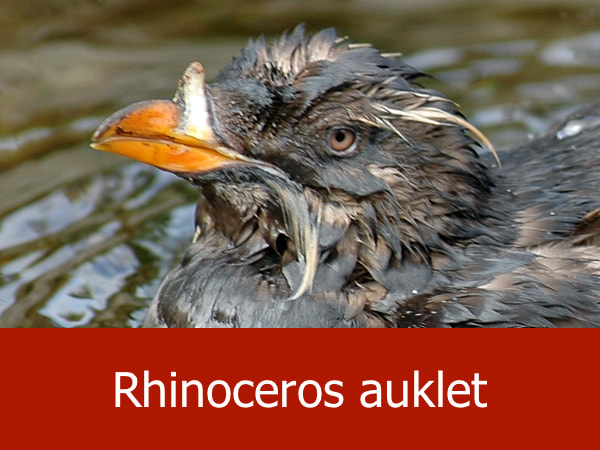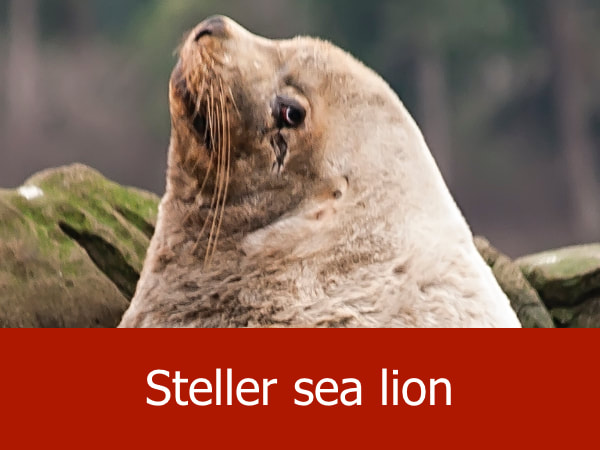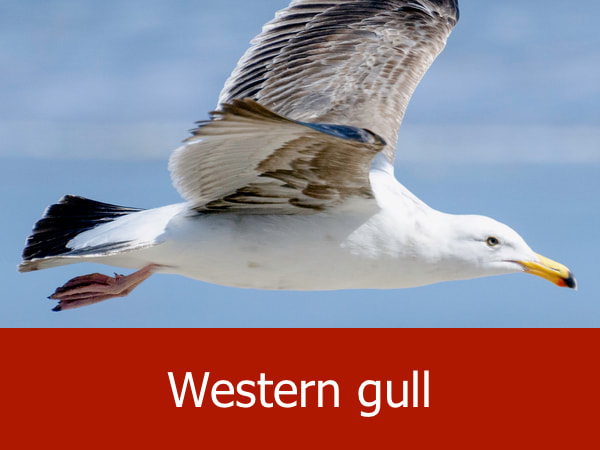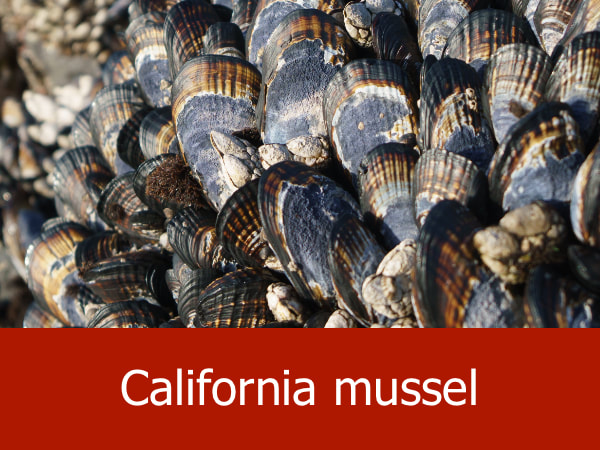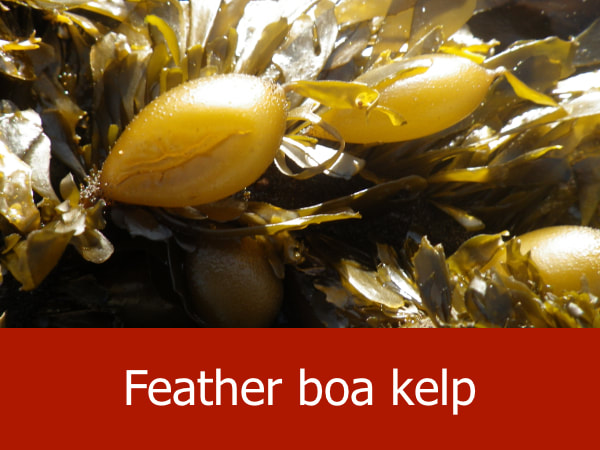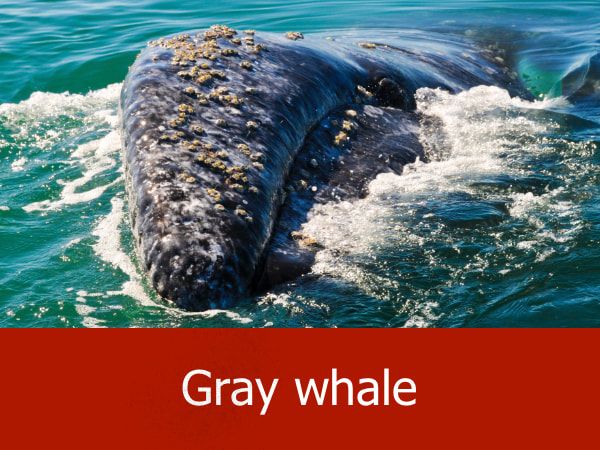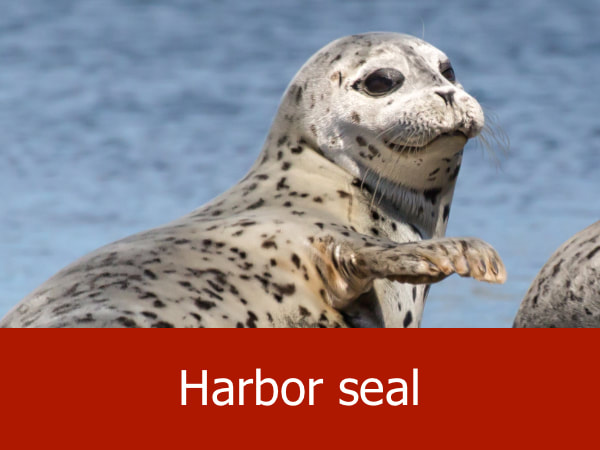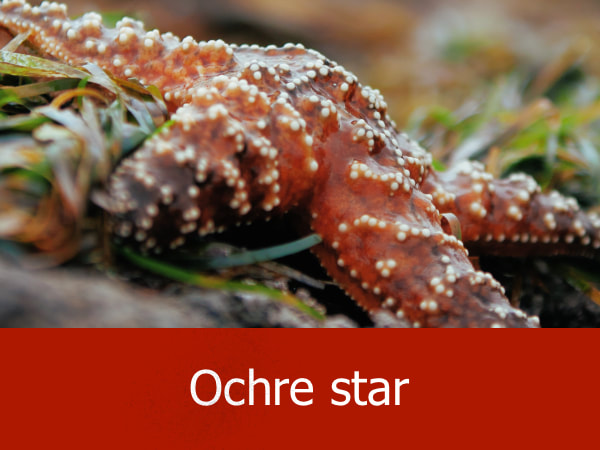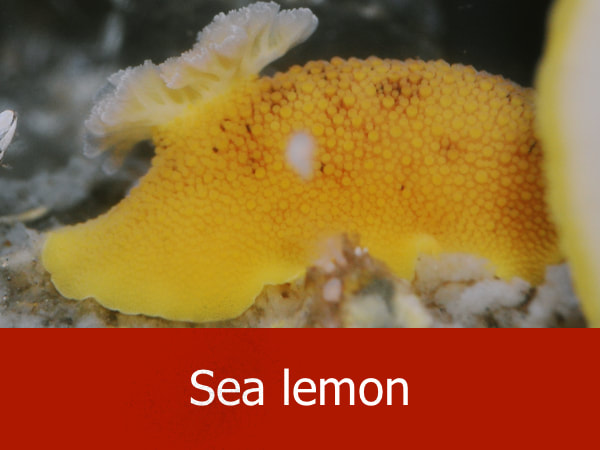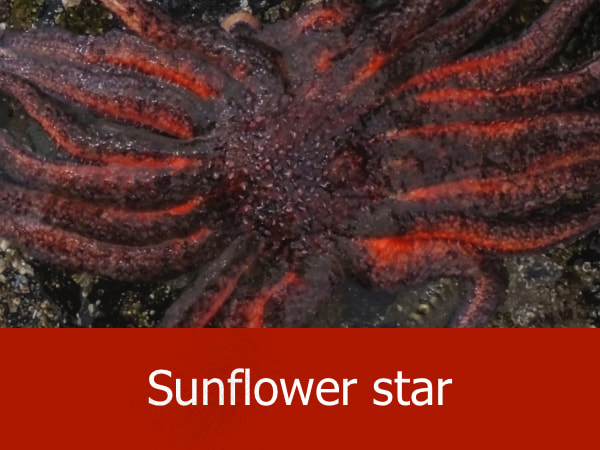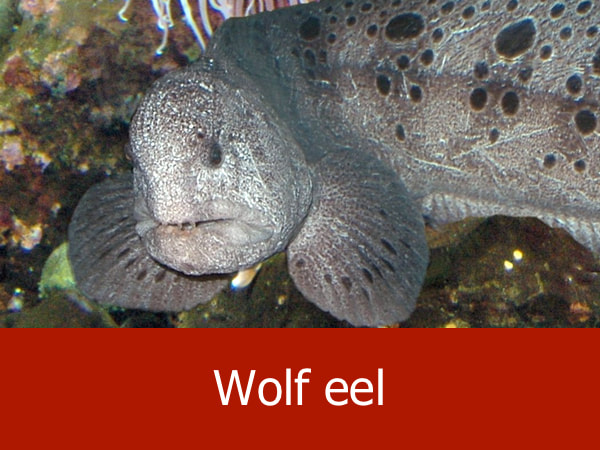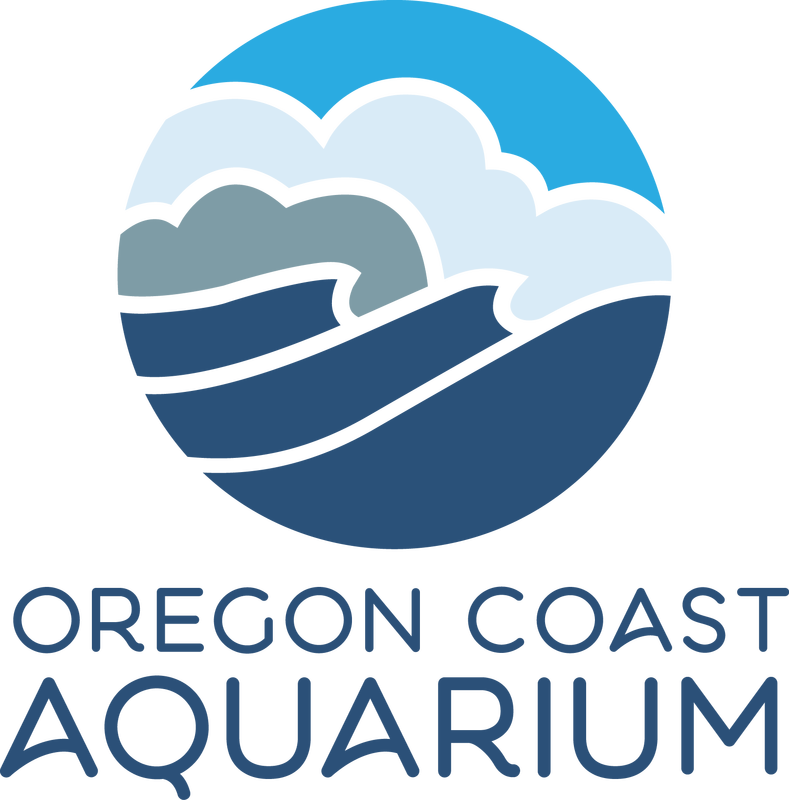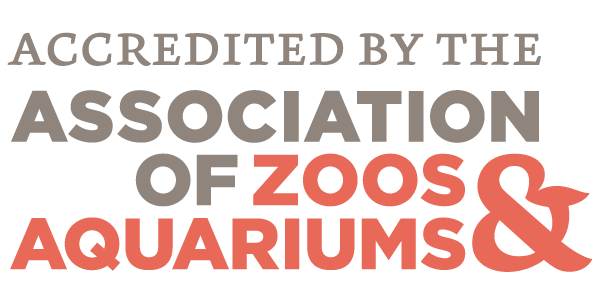Back to EXPLORE
Starting at Tillamook Head and extending south to the California border is the largest breeding habitat for sea birds on the west coast of the United States. It is known as the Oregon Islands National Wildlife Refuge and you can explore parts of it all up and down the coastline.
These islands, sometimes referred to "sea stacks," provide a virtually untouched refuge for tens of thousands of birds. The heights are inaccessible to most predators and human beings, which protects the large colonies of tufted puffins and pigeon guillemots. During the spring and summer, the islands become so thick with nesting birds there’s often little room to move. The birds will raise their young during the warm months, then head back out to sea for the fall and winter.
Starting at Tillamook Head and extending south to the California border is the largest breeding habitat for sea birds on the west coast of the United States. It is known as the Oregon Islands National Wildlife Refuge and you can explore parts of it all up and down the coastline.
These islands, sometimes referred to "sea stacks," provide a virtually untouched refuge for tens of thousands of birds. The heights are inaccessible to most predators and human beings, which protects the large colonies of tufted puffins and pigeon guillemots. During the spring and summer, the islands become so thick with nesting birds there’s often little room to move. The birds will raise their young during the warm months, then head back out to sea for the fall and winter.

Gimme Shelter: An employee with the US Fish and Wildlife Service describes the Oregon Islands National Wildlife Refuge and how her early fascination with birds and nature led to her career on the Oregon Coast.
Because the islands are protected and not open to the public, they also serve as a pristine outdoor laboratory for scientists. From this unique vantage point, scientists can not only monitor the health of seabird populations, but of all kinds of marine wildlife. Additionally, they can look at issues like invasive species, environmental contaminates, ocean acidification and climate change. For more detail on these activities, see the USFWS Comprehensive Conservation and Wilderness Stewardship Plan.
Related Features: An App for That | Bandon and Vicinity | Harris Beach State Recreational Area | Otter Rock
Related Features: An App for That | Bandon and Vicinity | Harris Beach State Recreational Area | Otter Rock

